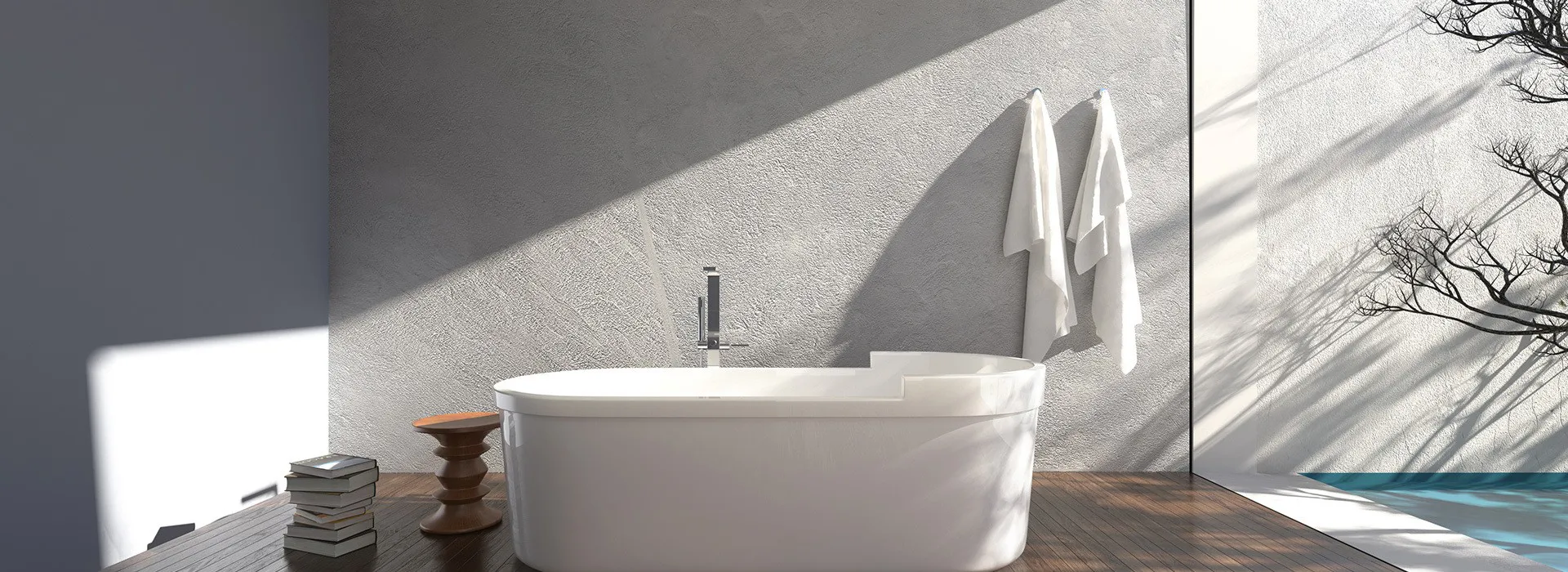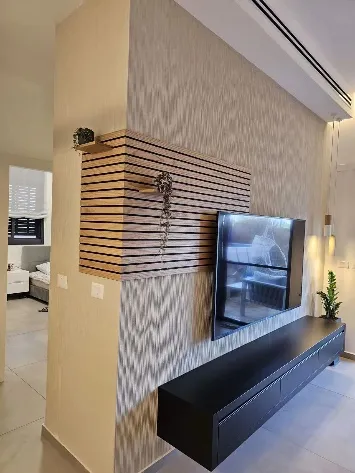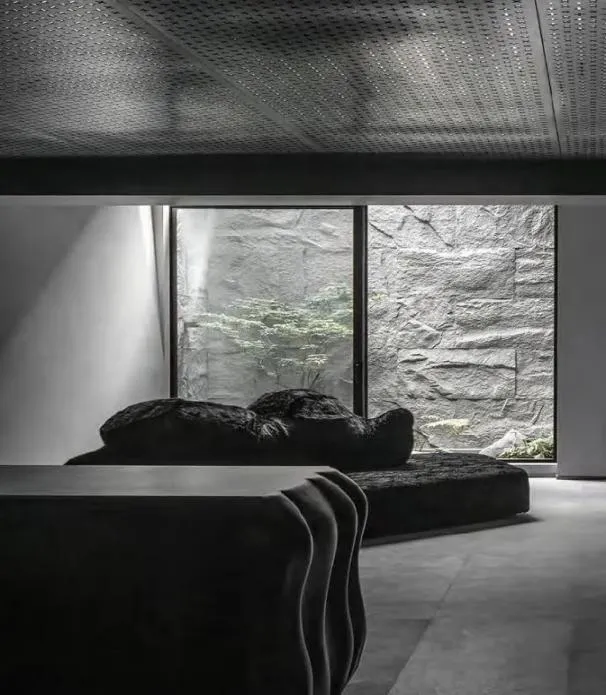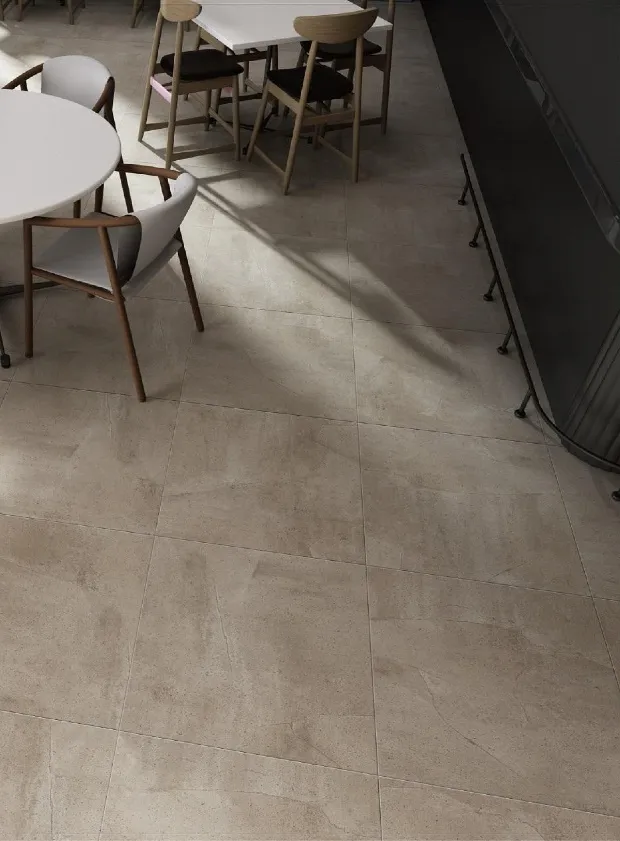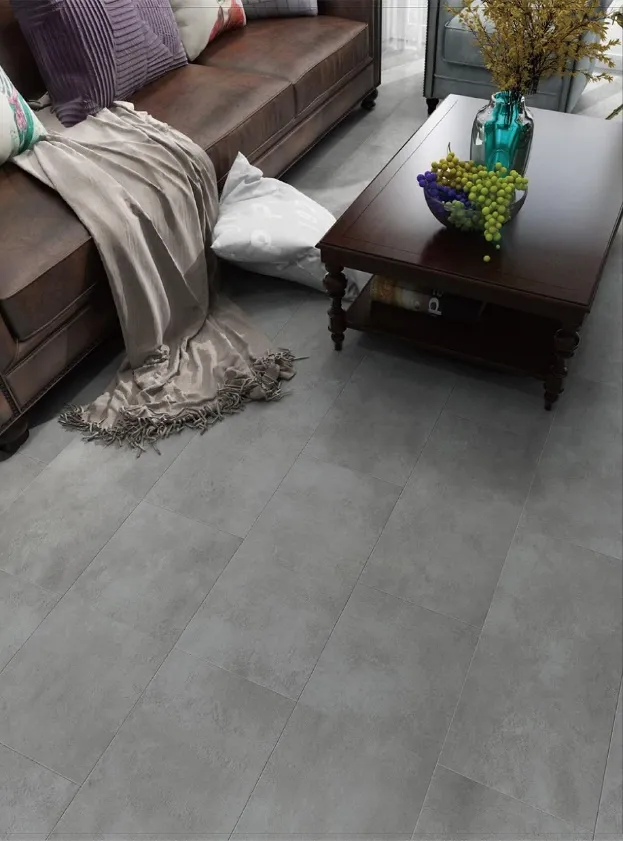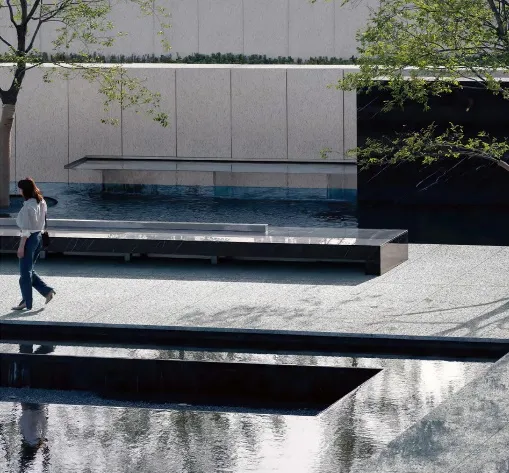Unpacking how geometry impacts functionality, flow and the feeling of sanctuary in your personal space
Let's be honest - choosing a bathroom sink often comes down to looks. We spot a gorgeous vessel sink online or fall for a showroom model's curves without considering how its shape actually functions in our daily routines. But that beautiful basin impacts everything from counter space to cleaning habits, morning routines to moisture control.
Having guided hundreds through bathroom remodels, I've witnessed the emotional rollercoaster of sink selection. It's deeply personal – like choosing the right pair of shoes. The wrong shape creates daily friction, while the perfect one elevates mundane rituals into moments of quiet pleasure. That moment you lean over to wash your face? That should feel right .
Today, we'll explore square and round basins beyond aesthetics. How do they alter spatial dynamics? Which provides better ergonomics? When is corner-cutting brilliance and when is it compromise? We'll transform technical specs into tactile realities.
The Modern Allure of Square Sinks
There's an undeniable crispness to straight edges. Like neatly folded towels or subway tile, squared sinks bring order to chaos. My client Sarah described hers as "an anchor" in her minimalistic bathroom – a stabilizing presence that grounded floating shelves and organic decor.
Real space saver: Her 24" vanity accommodated a 17" square sink where round options would've required 20" clearance.
Corner installations shine with rectangles. In L-shaped layouts or under-slope bathrooms, those sharp angles hug walls like a puzzle piece. Less wasted space behind pipes means more storage below – a triumph when you're battling the universal clutter of hair products and skincare jars.
Practical Perks:
- The illusion of depth - Square basins typically offer 2-3" more usable interior height than round counterparts at equal widths
- Strategic splash control - Angled sides reduce water ricochet onto counters
- Vanity harmony - Perfectly aligns with medicine cabinets and rectangular fixtures
- Accessibility advantage - Front corners provide stable grip points for those with limited mobility
The Timeless Comfort of Round Basins
Circle sinks feel like bath-time nostalgia. No sharp edges visually – or literally – means relaxed interactions. Consider your posture brushing teeth: unconsciously leaning toward curves rather than bracing against corners. My client Marcus put it beautifully: "It feels welcoming when I'm half-awake."
Small space magic: Fitted in his 90-year-old home's nook bathroom where even an 18" rectangle wouldn't fit
The radius revolution shines in three scenarios: curved furniture layouts needing flow, tight spaces where corners snag sleeves, and rooms craving softness amidst angular architecture.
Charm Advantages:
- Efficient circulation - Water moves to drain faster without corner stagnation
- Forgiving placement - Off-center installation looks intentional rather than misaligned
- Ergonomic comfort - Uniform height accommodates children or seated users
- Visual lightness - Circles appear less bulky than equivalently sized squares
Space Psychology: How Sink Shapes Manipulate Perception
The true art lies in understanding shape psychology. Squares suggest structure – they subtly communicate discipline and cleanliness. Rounds imply fluidity and approachability. That's why professionals often pair square sinks with serene palettes to soften rigidity, and float round basins in open spaces to reinforce their freeform nature.
Measure differently than you would for appliances. Hold tape measures vertically at eye level and kneel to counter height. A sink isn't just occupied space – it's engaged space. That palm-width between sink and wall where your hand rotates to clean? Critical. The knee clearance below where you rest against vanity doors? Life-changing.
When evaluating dual-sink configurations, square setups parallelly can create a sleek conference table effect, while staggered circles offer intimate interaction spots. Your chosen geometry choreographs morning routines before water ever flows.
Installation Truths They Don't Show on TV
Behind Pinterest-perfect photos lie plumbing realities. Square sinks demand near-perfect 90-degree angles – any wall variation highlights gaps. Round basins forgive crooked corners but require precise centering to avoid that off-kilter look.
Sealing strategies differ dramatically. Silicone beads curve elegantly around rounds but struggle at rectangular corners where moisture accumulates. I advise clients to run their fingers along sealant during inspections – corners should feel uniformly smooth, not thickly globbed.
Your Shape Decodes Your Story
At its core, sink selection reflects how you want the bathroom's private stage to feel. Square sinks center rituals with purpose and precision. Round basins embrace spontaneity and flow. Both can transform routine into ritual when aligned with your physical movements and emotional landscape.
Before finalizing that stunning basin, stand where you'll brush teeth. Mimic washing your face. Imagine cleaning it after a long day. Your body will telegraph the answer: angled efficiency or curved comfort. Because the ultimate space utilization isn't about inches – it's about how the shape holds your daily human moments.
For modern homeowners seeking this balance, many find that a well-integrated bathroom vanity becomes the harmonious stage for your chosen basin.
Living With Your Choice: Maintenance Nuances
Two weeks post-installation, glamour fades and reality sets in. Hard water spots accumulate differently on flat planes versus curved surfaces. Square sink corners gather toothpaste residue like urban corners collect litter – requiring targeted attention. Round basins spread deposits evenly but show streaks more prominently under sidelights.
My pro tip: microfiber wipes wrapped around your hand naturally contour to rounds while flat-edged scrapers excel on rectangular planes. Your cleaning habits should complement, not combat, your sink's form.
When Material Dictates Form
Not all materials play well with all shapes. Concrete sinks thrive in angular forms - the rigid material expresses strength through geometric purity. Fireclay, however, achieves liquid-like drape in curves while straining at squared-off corners.
And what about vessel sinks? Square above-counters demand precise miters to avoid visual bulk. Round vessels float with apparent lightness but require thoughtful transitions to prevent trip hazards. Each combination alters emotional resonance along with spatial function.
In our space-starved homes, every fixture must earn its footprint. But beyond dimensions lies dimension – the immeasurable way a well-chosen basin honors human patterns. That’s where design transcends measurement into meaning.

